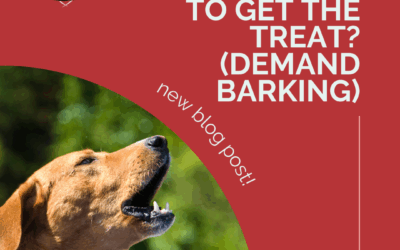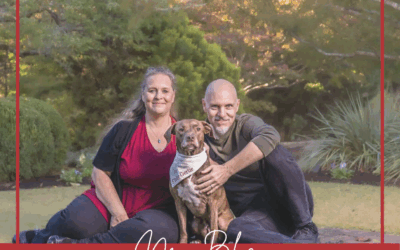Today I’m sharing a post I wrote for Pets and Their People, a resource dedicated to pet owners, provided by the Pet Professional Guild, which is a force-free organization that I’m proud to be a member of. I am also a committee member of their Shelter and Rescue Division. If you are a shelter or rescue volunteer or staff member, and are committed to positive reinforcement, force-free training and handling methods, I strongly encourage you to join at the Shelter & Rescue Organization Level member (this is for individuals as well as organizations.) Membership has its benefits and you’ll be supported an organization that supports the same ethics as you do.
Here’s the post I wrote for them!
11 Tips To Help Your New Dog Decompress
You’ve brought home a new dog! Congratulations! Let’s look at some important things to help keep your new dog safe, emotionally and physically, in the first few weeks.
-
- You’re a stranger to your dog. It’s normal if your new dog is nervous around you. He needs to learn you’re safe and that you’ll help keep him safe. This means letting him warm up to you on his terms.
- Your number one priority is keeping him feeling safe. You don’t want him to learn on day one that you’re someone who will force him to do things he’s afraid to do. Now is the time for trust building.
- Keep his world small. Give him several days and before meeting new people other than your family. He doesn’t need free roam of the entire home right away. Confinement helps reduce potty and chew accidents and it’s ok if he wants to hide in the confinement area.
- Don’t force leash walks. Dogs get transported from all over and where the dog is now may be a completely different from what he’s used to. A big city can be very scary to a dog who came from a rural location. Or maybe he’s never been walked on a leash before.
- Don’t trust your fenced in yard. Many dogs get spooked in new environments. Scared dogs do unthinkable things. Dogs will surprise you with their Houdini-like abilities to slip out of harnesses, collars or fenced yards.
- Consider a GPS tracker. If your dog gets lost, these devices can help you find them by using cell networks to track your dog. Yes, your dog is likely microchipped but that is not a GPS.
- Be understanding to sensitivities, even if they don’t make sense to you. Just because you don’t think something is scary, doesn’t mean the dog sees it the same way. If a dog has never lived inside, household noises like the TV, microwave or ice maker could be scary.
- Don’t punish the growl! If your dog growls, don’t yell or in any way punish them. This is the dog’s way of communicating that he’s scared about something and it’s up to you to try to help him feel more comfortable about whatever it is that is scaring him, not punish him.
- Supervise children! All interactions with children need to be fully supervised. This means you are watching the child and dog at all times and you are not distracted by your phone, TV or cooking dinner. If you cannot supervise with eyes on both the dog and child, then one of them needs to be separated by a gate, door or other physical barrier.
- Limit interactions with other resident animals. If you have other animals, limit and highly supervise interactions. Do not leave animals unsupervised together until you know it is safe to do so.
- Bonus tip! Get professional help. If after the first week your dog is showing fearful tendencies like hiding, resisting walks, not eating or displaying fearful body language (growling, lunging, air snapping or biting) then it’s time to reach out for professional positive reinforcement training.
Over the next several weeks and months, you will really start to see his personality blossom as he starts to bond with you, gets comfortable, settles into your home and your routine. And that’s when the fun really happens!
Good luck and congratulations again! You’re not alone in your journey! I am here to help you if you need it!
Happy training!
![]()




